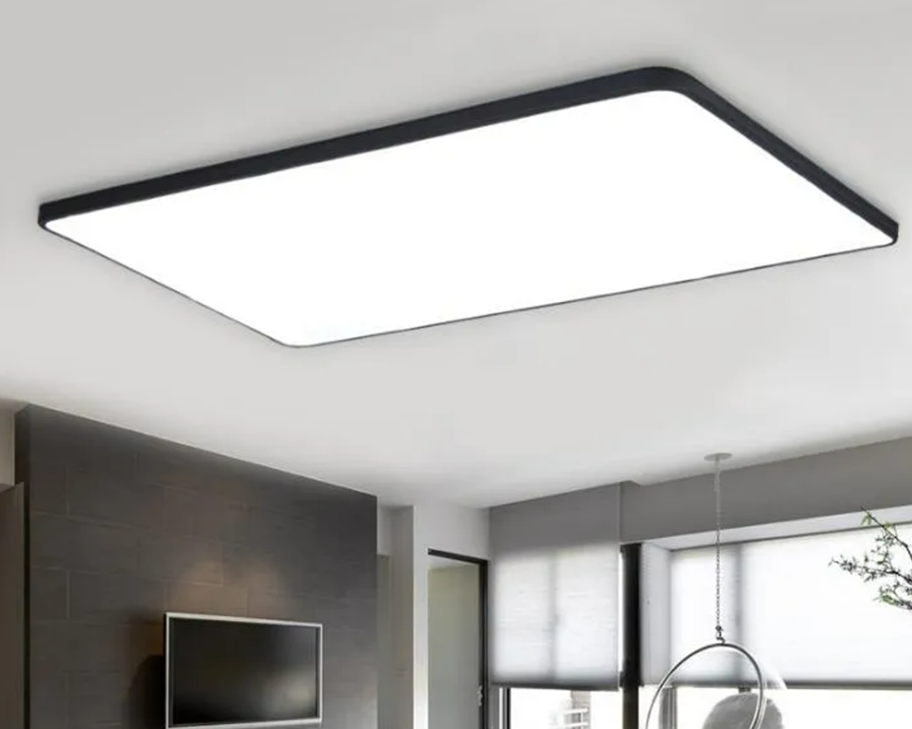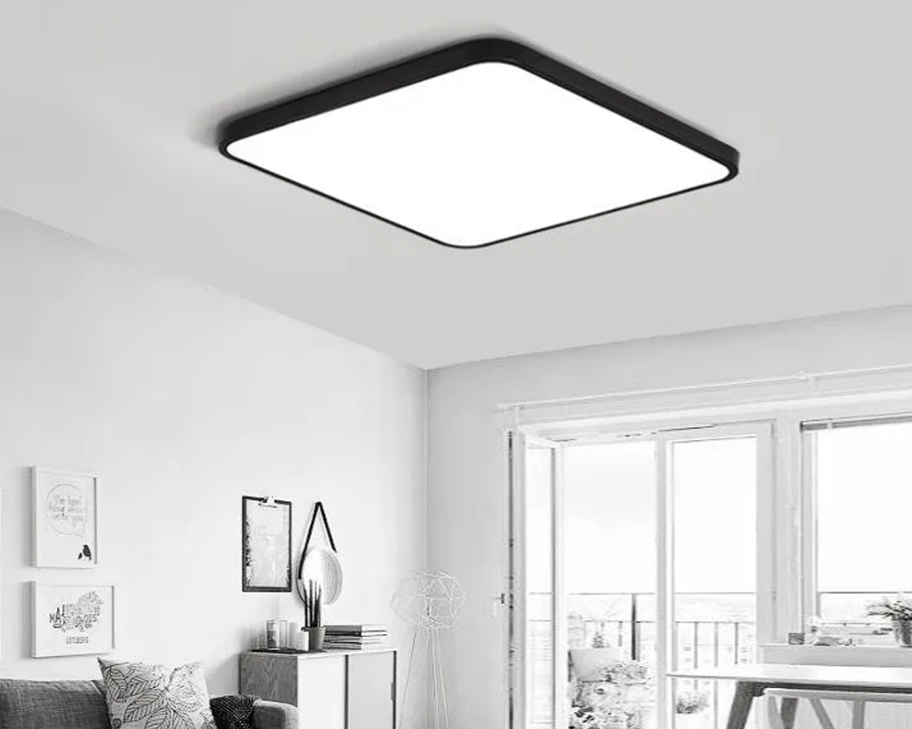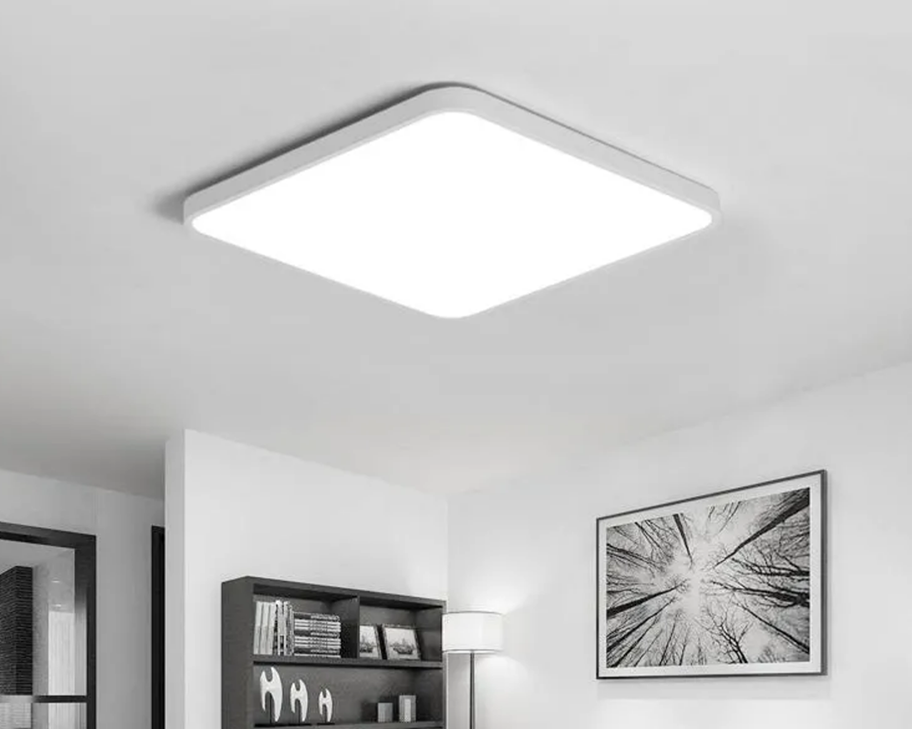LED downlights have revolutionized the lighting industry with their energy efficiency, versatility, and modern aesthetics. Whether for commercial buildings or residential homes, these lighting fixtures are increasingly favored for their sleek design and functional benefits. As the demand for high-quality LED downlights continues to grow, understanding their features, manufacturing processes, supply chain, customer base, and market trends is essential.
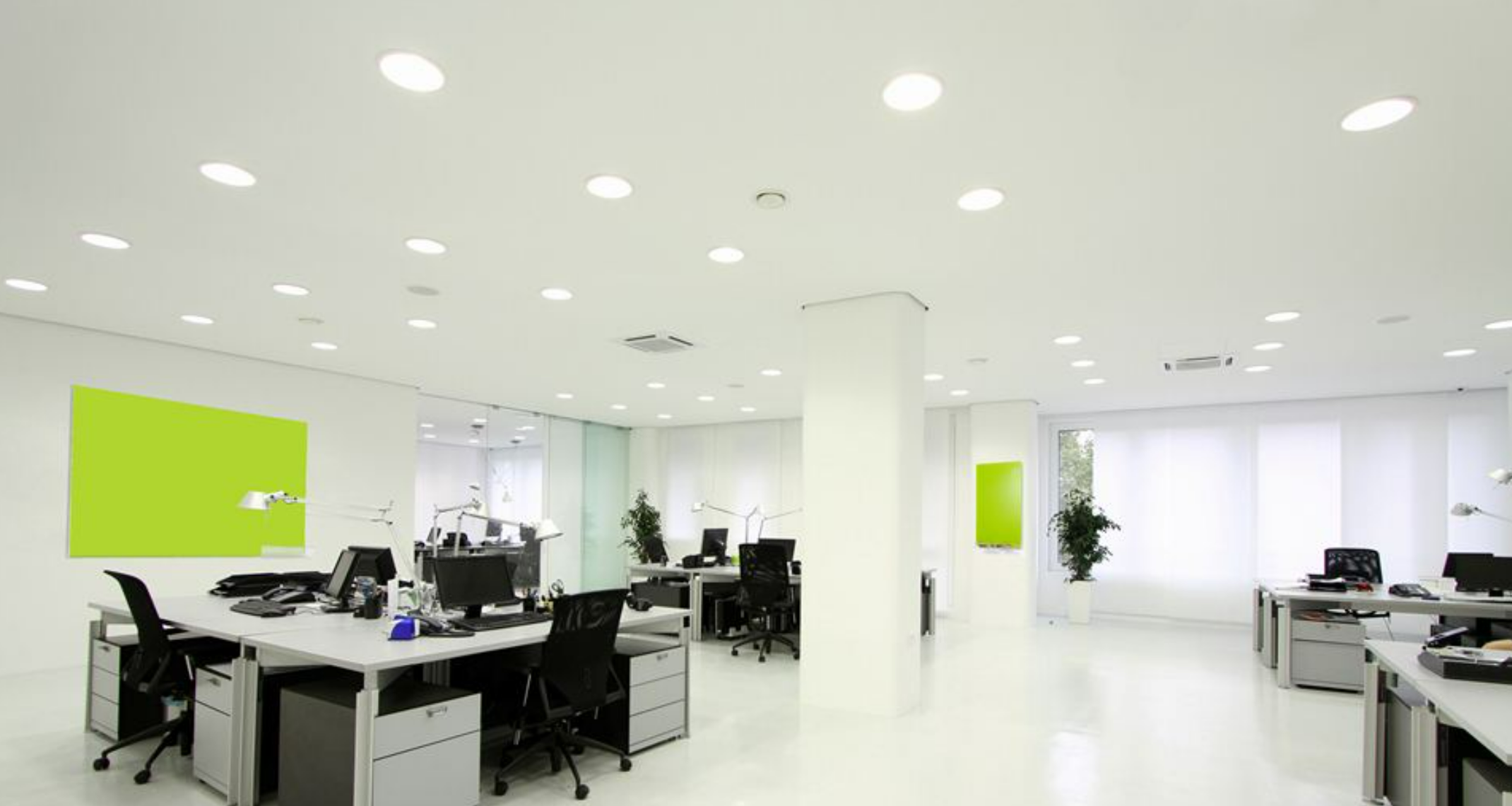
Types and Applications of LED Downlights
LED downlights come in various styles to suit different environments. Ceiling LED downlights, including recessed and flush mount designs, are popular for creating clean, seamless ceilings with unobtrusive lighting. For instance, ceiling recessed LED downlights are ideal for commercial spaces due to their minimalist appearance and effective illumination. Similarly, flush mount LED downlights are preferred in residential settings for their ease of installation and elegant look. Some models, such as ultra slim LED downlights and small LED downlights, cater to spaces with limited ceiling height or for specific accent lighting.
In addition to standard features, sensor LED downlights incorporate motion or light sensors, allowing for automated operation and energy savings. The IP65-rated LED downlights are designed for outdoor or damp environments, making them suitable for outdoor commercial signage or façade lighting.
Manufacturing and Supply Chain
The production of LED downlights takes place primarily in specialized factories with state-of-the-art facilities. Leading LED downlight factories focus on innovation, quality control, and cost efficiency. Many manufacturers, such as LED downlight manufacturers, supply a wide range of products, including slim LED downlights and small LED downlights, to meet diverse customer needs.
The supply chain for LED downlights involves raw material suppliers (such as LED chips and drivers), manufacturing units, and distribution channels that serve retail and wholesale markets worldwide. As the LED downlight factory landscape becomes more competitive, manufacturers emphasize sustainable practices, cost reduction, and rapid innovation to stay ahead.
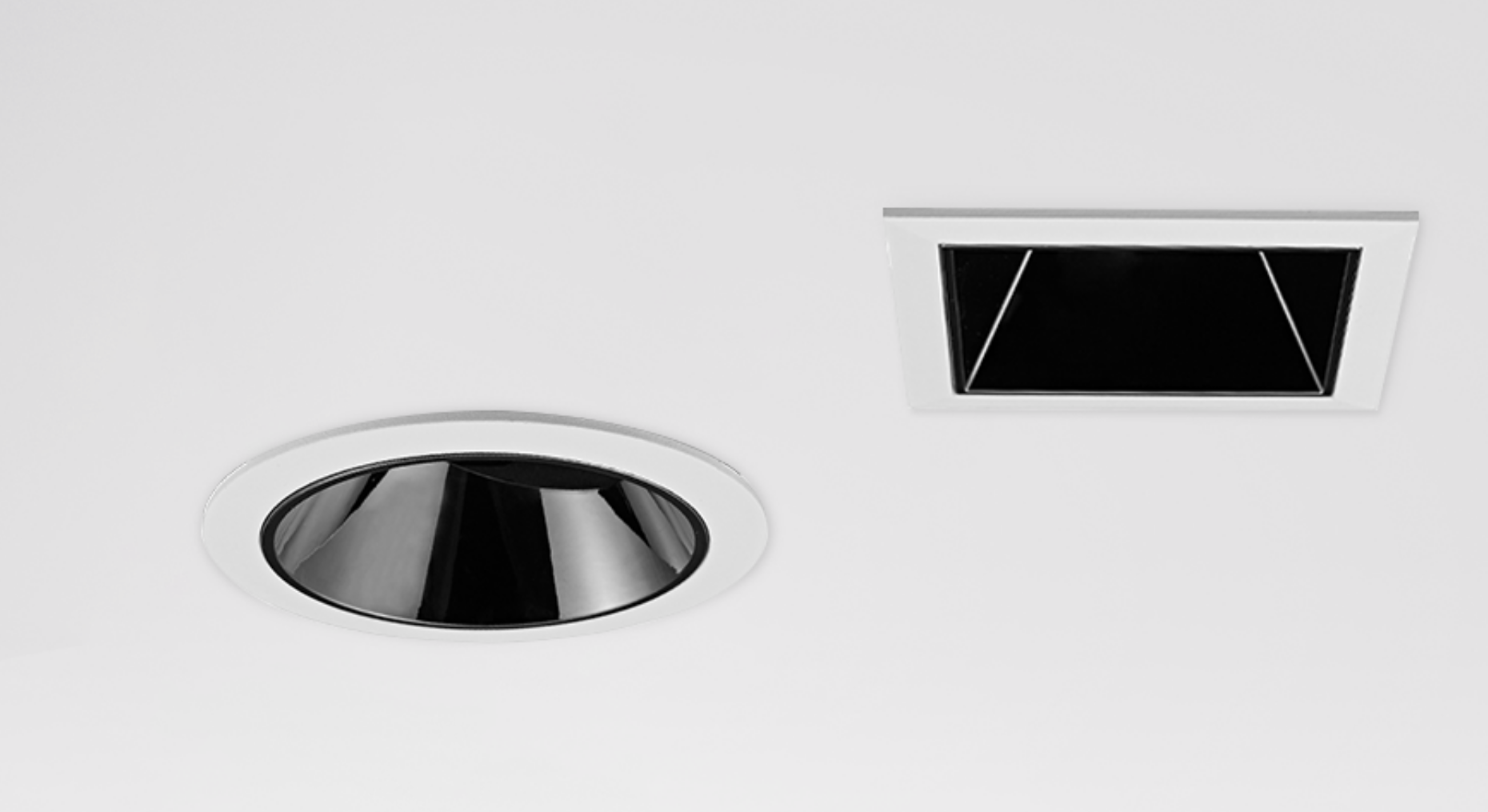
Customer Segments and Markets
The primary customers for LED downlights are contractors, interior designers, architects, and homeowners. In the commercial sector, businesses seek commercial LED downlights for their energy efficiency and long lifespan, reducing operational costs. Residential consumers prefer LED downlights for homes due to their aesthetic appeal and customizable options like halo LED downlights and ultra slim LED downlights.
The pricing of LED downlights varies depending on features, design, and quality, with LED downlight prices tending to decrease as technology advances. This trend makes LED lighting more accessible to a broader audience, encouraging adoption in new construction and retrofit projects.
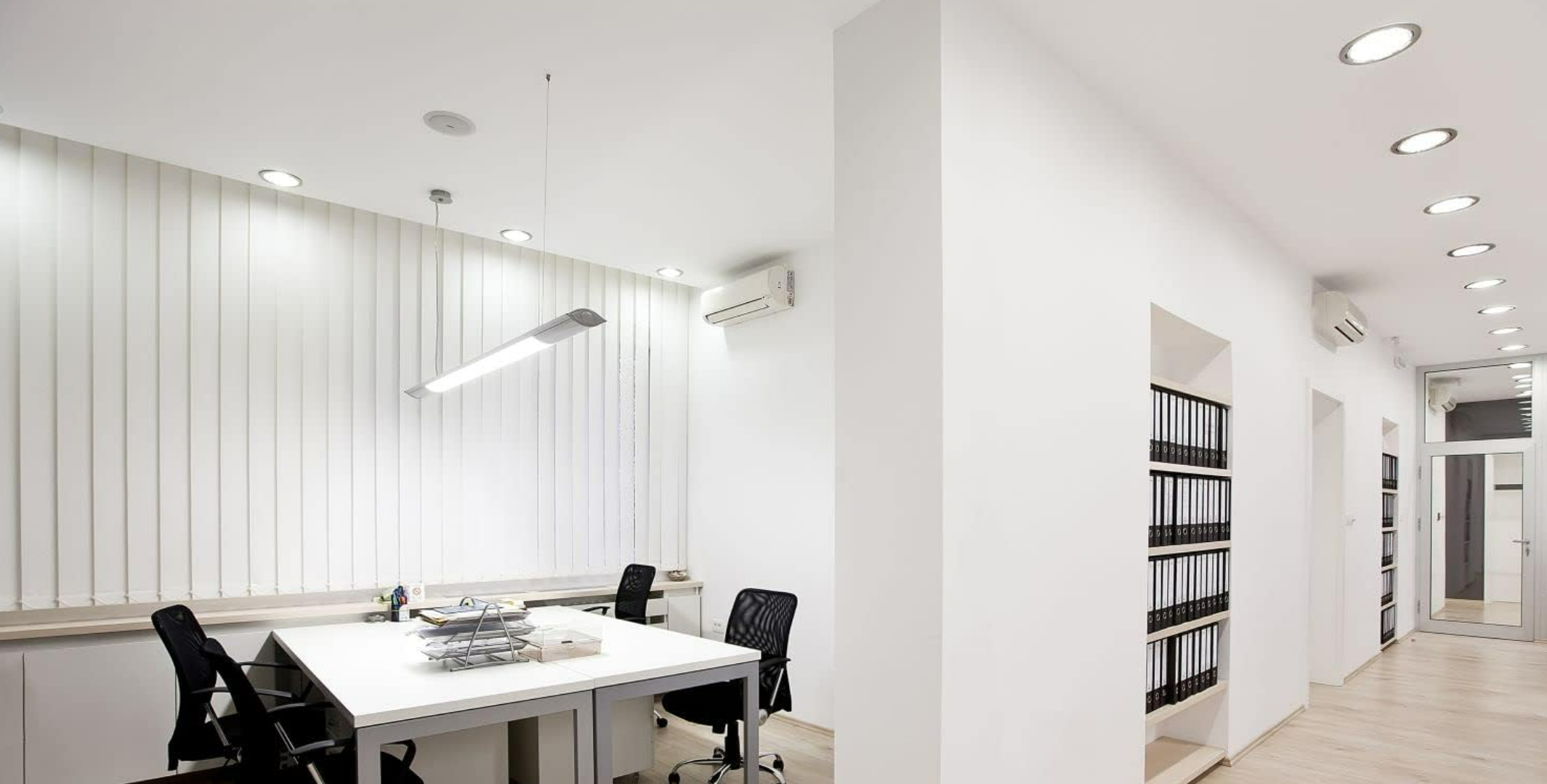
Market Trends and Future Outlook
The LED downlights market is witnessing rapid growth driven by regulations promoting energy-efficient lighting and increasing awareness of environmental sustainability. Innovations such as sensor LED downlights and IP65-rated outdoor lights reflect the trend toward smart, adaptable, and durable lighting solutions.
Furthermore, the move toward ultra slim LED downlights and small LED downlights caters to modern, minimalist interior designs. As technology evolves, expect more intelligent features, improved thermal management, and even more competitive pricing.
LED downlights are a vital component of the modern lighting landscape, serving both commercial and residential needs. With continuous advancements in manufacturing technology and evolving market demands, the future of LED downlights promises smarter, more efficient, and versatile lighting solutions for all space types.
